QuestionHi Donna. :)
i would like to ask you, i have two yellow belly slided turtles,which are babies i got from a pet shop.I'm not sure if it is living in the right environment. appaerently theyre living in a tank filled with pebbles, an oxygen tube and water and yes, indoors. They are in my cousins goldfish tank till i get a suitable one for my turtles.
Some of the websites say that its not healthy to feed them cabbages and lettuces so, barely im keeping them away from it and i havent fed them any vegetables since i got them. its been a week. i feed them turtle food in the morning and in the evening.
So,last night it happened to be that my turtles had eaten the goldfishes tails ( there were two.and yes, they were about medium sized ) and sadly,they died.I came to know that they eat them for vitamin C ? i hope that both of my turtles,BG and bubbly will be in good health as soon as i look after them really well ! ._.
AnswerLike many first-time reptile owners, you probably expected the pet store you bought them from to give you advice on how to properly care for them. Unfortunately, pet stores are the worst possible place to get advice on animal care, particularly reptile care. Reptiles have special needs in captivity, and those needs are very different from the needs of other types of pets (such as fish, or hamsters).
The first thing that reptiles need in captivity is supplemental heat. Reptiles are ectothermic, which means they rely on their environment for heat, and in the wild, they bask in the sun or move into the shade to warm up or cool down. In a home, they can't do that, so we have to provide proper heat for them. Without heat, they cannot digest their food, and their immune system cannot function correctly.
For most North American water turtles, like your yellow-bellied sliders, the water temperature should be kept at 75 to 80F, and they should have a 90F basking area. This area must be out of the water--they need to be able to easily haul out and get completely dry, including their bottom shell, in order to avoid serious skin problems. Use thermometers to track temperatures, don't guess.
Second, all turtles and tortoises, and many lizards, require special lighting. Reptiles run on sunlight, and they are dependent on it. Many can only achieve adequate levels of vitamin D by basking in UVB light. Supplements are not enough for them (and excessive supplements are toxic). So, all turtles must have a UVB producing light--either UVB fluorescent reptile light, or a mercury vapor light that produces both heat and UVB, and is made for reptiles. (UVA or "UV" bulbs are not good enough--it must specify that it produces UVB. No incandescent bulbs do).
Third, turtles grow very quickly, so a good diet is essential as well. Your turtles should be fed a mix of small live insects (you can get crickets and mealworms at your pet store) which have been dusted in calcium, chopped greens (mustard, escarole, dandelion, turnip), and veggies (grated squash, grated carrot). You are correct that lettuce and cabbage are not good items to feed. Lettuce lacks nutritional value, and cabbage and broccoli are too high in oxalates, which can lead to a serious vitamin deficiency. Pellets should not make up more than 1/3 of their diet.
The turtles attacked your goldfish because they are predatory omnivores, and fish are simply food to them. They are very opportunistic animals. Fish don't make good tank-mates for turtles. The turtles will eat them, and fish can pass on parasites.
Fourth, it's important to keep turtle tanks VERY clean. For this reason, I don't recommend keeping pebbles on the bottom of the tank or tub. You should have a good cannister filter that is very oversized for the tank. (If you have a 30 gallon tank, get a filter designed for a 60 to 100 gallon tank). You will still need to empty, scrub, and disinfect the enclosure every 2 weeks to 1 month, depending on your filter size and water quality.
If the water is cloudy, or smells of ammonia at all, then change it promptly. Turtles are basically forced to live in their own toilet in captivity, and they are very messy animals. Dirty water naturally leads to infections and disease, not to mention the fact that in increases the risk of salmonella being transmitted to humans.
Lastly, turtles need adequate space. A good rule of thumb is a tank size of about 10 gallons per one inch of shell length. (If you have two two-inch-long turtles, you need a 40 gallon tank, etc. In the US, turtles cannot be legally sold as pets until they are 4 inches long, so the minimum size for one would be a 40 gallon tank).
I actually recommend that you switch to a tub, and not use a glass tank. There are some nice turtle tubs on the market, such as Waterland tubs, or you can get a plastic rubbermaid or sterilite bin, and add all of the equipment to that.
It's possible that all of this is MUCH more in labor and expense than you planned on--that is often the case with aquatic turtles. If you cannot afford it now, than you should return the turtles promptly to the pet store, or rehome them to a reptile rescue or someone who does have adequate resources to take care of them.
If you are not daunted by the expense and time, then buy a book on slider care, and read it carefully, so you can watch your little turtles grow up over the next few years to their adult sizes of 8 to 11 inches, and lifespan of over 30 years.
They can be very charming pets, interesting to watch, although reptiles do not actually enjoy affection from humans. If you find you simply can't take care of aquatic turtles, but still want a reptile pet, consider a leopard gecko. A setup with heat for a leopard gecko would generally cost under $120, and maintenance is a simply change of newspaper or paper towel a couple of times per week. They eat crickets dusted with calcium. Far simpler than a water turtle.
Whichever decision you make, do not delay. Young turtles are delicate, and can go down hill rapidly if they are kept in the wrong conditions. Reptiles hide illness until they are at death's door, so even if they look fine, they may not be.

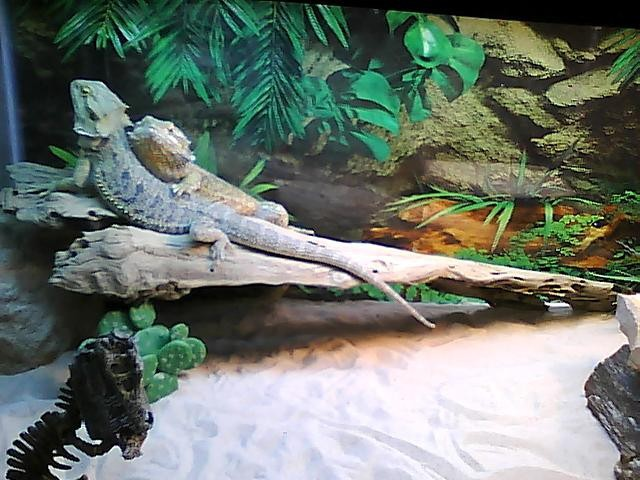 I have all the supplies
QuestionQUESTION: Hello Tracie,
I have everything I nee
I have all the supplies
QuestionQUESTION: Hello Tracie,
I have everything I nee
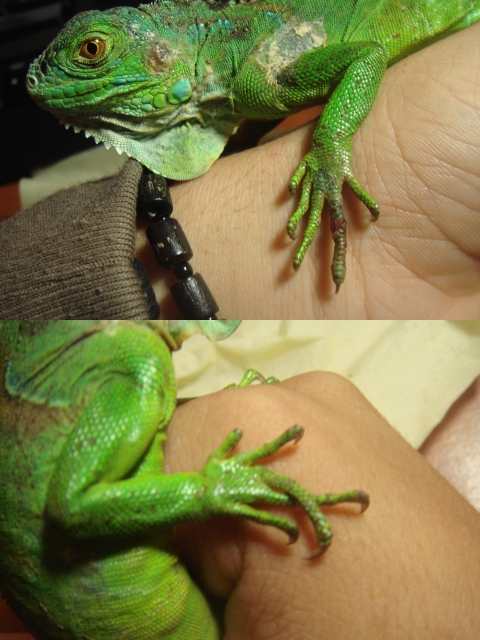 Iguana toe problem...
Question
toe problems
Hey there,
I adopted a baby iguan
Iguana toe problem...
Question
toe problems
Hey there,
I adopted a baby iguan
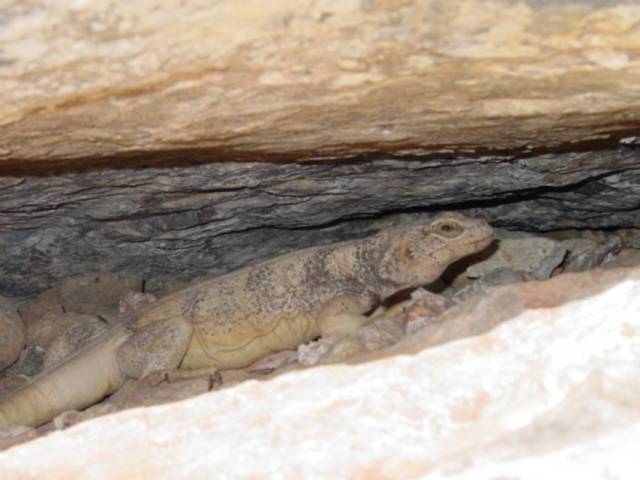 Very large lizard in Mesquite, NV
Question
Dragon
Hi Tracie,
This big fella (maybe gal, m
Very large lizard in Mesquite, NV
Question
Dragon
Hi Tracie,
This big fella (maybe gal, m
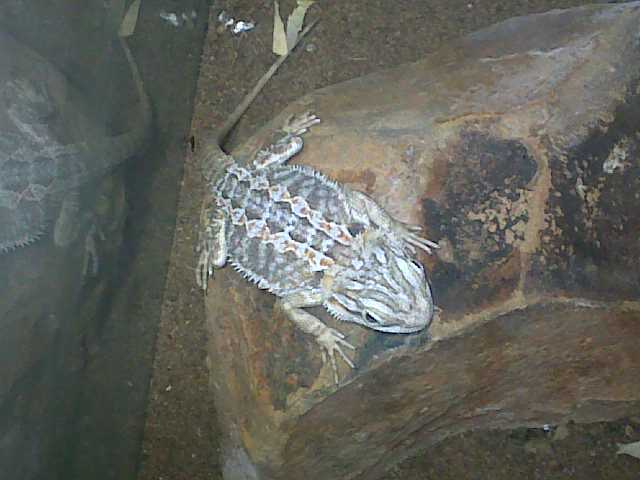 aggresive bearded dragon - sandfire
Question
bearded dragon
i think it is a female.my beard
aggresive bearded dragon - sandfire
Question
bearded dragon
i think it is a female.my beard
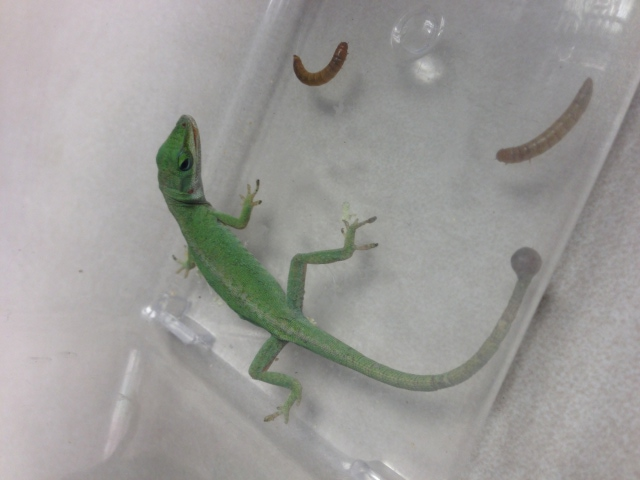 Green Anole, femail, cyst/blister
Question
Axebella
Hello Donna. My son and
Green Anole, femail, cyst/blister
Question
Axebella
Hello Donna. My son and